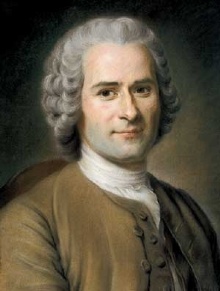"I may be no better, but at least I am different"
About this Quote
Jean-Jacques Rousseau, a seminal Enlightenment thinker, often wrestled with themes of individuality, authenticity, and the nature of virtue. With the statement, "I may be no better, but at least I am different", he draws a subtle distinction between superiority and uniqueness. Rather than laying claim to moral or intellectual excellence over others, Rousseau turns the focus toward the value of being one's own person, distinct, unconstrained, and genuinely oneself, even if that does not render one superior by societal standards.
The phrase acknowledges humility; Rousseau concedes that he may lack the conventional markers of "betterness" as the world tends to define them, perhaps implying talents, achievements, status, or moral superiority. But what he asserts, almost defiantly, is his individuality, the refusal to be assimilated fully into the norms or expectations of his surroundings. To be different is to possess a certain kind of integrity: not the often fragile and comparative pride in being "better" than others, but the quieter, more lasting satisfaction of being true to one's own nature.
There is a subtle critique embedded here of the perennial human drive for competition and conformity. In countless social settings, people vie for recognition or seek to emulate others in pursuit of approval. Rousseau redirects attention from this scramble, that exhausting quest for external validation, toward the quieter possibility of self-recognition. Difference is not deficiency; it is a mode of existence in which one affirms what is irreducibly one's own. In celebrating difference rather than superiority, Rousseau gestures toward a more inclusive and pluralistic appreciation of human nature: a world made richer by diversity of identity and thought.
Ultimately, the statement prods a rethinking of value itself, not as a contest of comparison but as the affirmation of individuality. Through difference, one retains agency and authenticity, regardless of where one stands in the hierarchy of conventional measures.
About the Author
